Maintaining a piano requires consistent care and attention to detail. Unlike many other instruments, the piano's complex mechanical structure and delicate materials demand specialized knowledge to preserve its sound quality and physical integrity over decades of proper use. Whether you own a cherished family heirloom or a professional concert grand, understanding these maintenance principles will significantly extend your instrument's lifespan.
The environment surrounding your piano fundamentally impacts its condition. Humidity control stands as the single most crucial factor in preserving your instrument. Wood components expand and contract with moisture fluctuations, causing tuning instability and potentially cracking the soundboard. Ideally, maintain relative humidity between 42-45% year-round using a humidifier/dehumidifier system or installing a dedicated piano humidity control system inside the instrument. Placing the piano away from direct sunlight, heating vents, and exterior walls helps stabilize its microclimate.
Regular tuning forms the backbone of piano maintenance. Seasonal changes typically require professional tuning at least twice annually, while concert instruments may need attention before every performance. New pianos demand more frequent tuning during their first year as strings stretch and components settle. Never attempt DIY tuning unless professionally trained - the high string tension (averaging 20 tons in a grand piano) makes this both dangerous and likely to damage the instrument.
Internal cleaning requires particular care. Unlike surface dusting, addressing accumulated debris inside the piano necessitates professional service every few years. Felt hammers collect dust that deadens their tone, while dust buildup on strings dampens vibration. Technicians use specialized tools like vacuum attachments and compressed air to clean without disturbing regulation. Homeowners should never insert cleaning tools between strings or attempt to oil moving parts.
The exterior finish deserves thoughtful maintenance. High-gloss polyester finishes simply need dusting with a microfiber cloth and occasional polishing with piano-specific products. Traditional lacquer finishes require more nuanced care using paste waxes formulated for pianos. Always follow the grain when cleaning wooden surfaces, and immediately wipe away any liquid spills to prevent finish damage. Never use furniture polish or glass cleaners, as these often contain silicone that permanently damages piano finishes.
Pedal mechanisms frequently go overlooked in home maintenance. Felt bushings wear down over years of use, creating unwanted noise and play in the pedal action. A technician can replace these during regular servicing. Homeowners should periodically check for squeaks or excessive movement in pedals and avoid placing heavy objects on them. For upright pianos, ensure the practice pedal (if equipped) functions properly to mute strings without causing mechanical stress.
Key surfaces accumulate oils and dirt from fingers. Ivory keys require specialized cleaning to avoid yellowing, while modern plastic keytops benefit from occasional wiping with a slightly damp cloth followed by immediate drying. Never use alcohol-based cleaners that can craze plastic or remove the matte finish on sharps. For stubborn grime between keys, gently use a soft brush rather than prying objects between key slips.
Regulation - the precise adjustment of mechanical components - significantly impacts playability. While this remains professional work, players can monitor symptoms like uneven key height, inconsistent touch weight, or notes that fail to repeat quickly. These indicate needed regulation, which typically occurs every 5-10 years depending on use. Concert instruments may require regulation annually or even before major performances.
String care extends beyond tuning. Plain steel strings gradually lose brilliance and may need replacement after decades. Copper-wound bass strings suffer from oxidation that deadens their tone - a technician can clean these during servicing. Visible rust indicates urgent attention required. In coastal areas, consider installing string covers to protect against salt air corrosion.
Soundboard monitoring prevents costly damage. Seasonal cracking sounds don't necessarily indicate problems (wood naturally moves), but visible cracks wider than a business card or those causing buzzing require assessment. Maintaining proper humidity minimizes this risk. For valuable instruments, some owners install data loggers to track humidity/temperature fluctuations inside the piano.
Finally, professional relationships matter more than piano owners often realize. Establishing ongoing service with a qualified technician allows for preventative care rather than emergency repairs. These specialists notice developing issues during routine maintenance that untrained eyes would miss. Keep service records documenting all work performed, as this history significantly impacts resale value and helps technicians understand your instrument's particular needs.
Piano ownership represents a long-term commitment to preservation. Unlike replacing a digital keyboard, properly maintaining an acoustic piano ensures it improves with age, developing richer tonal character while maintaining precise mechanical function. These maintenance practices transform the piano from a disposable commodity into a legacy instrument that can delight multiple generations of players.
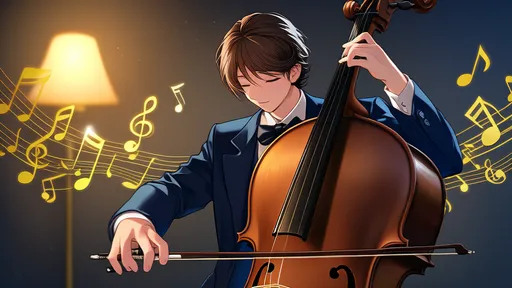
By /Jul 9, 2025
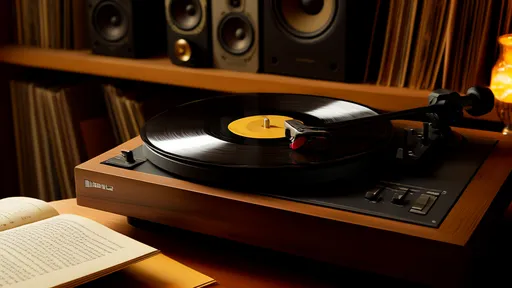
By /Jul 9, 2025

By /Jul 9, 2025
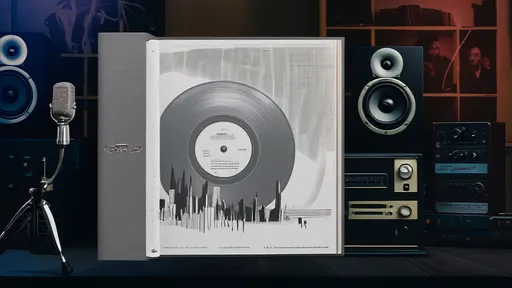
By /Jul 9, 2025

By /Jul 9, 2025
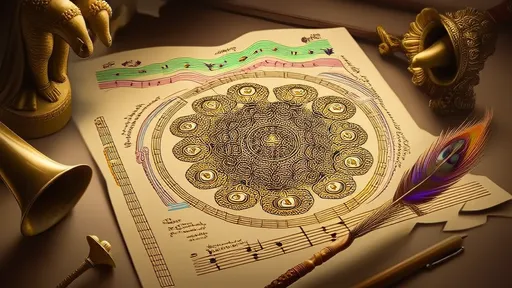
By /Jul 9, 2025

By /Jul 9, 2025

By /Jul 9, 2025

By /Jul 9, 2025

By /Jul 9, 2025
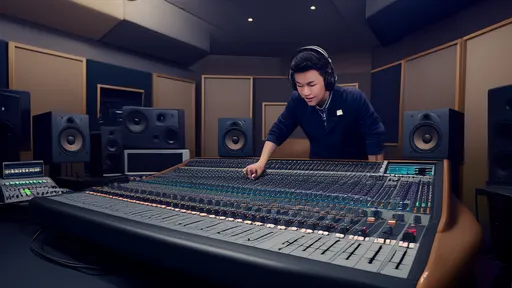
By /Jul 9, 2025
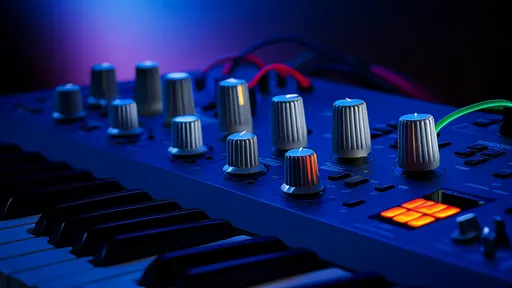
By /Jul 9, 2025
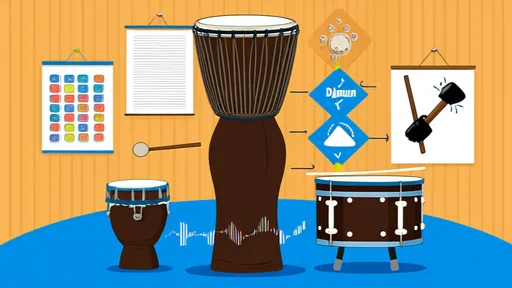
By /Jul 9, 2025
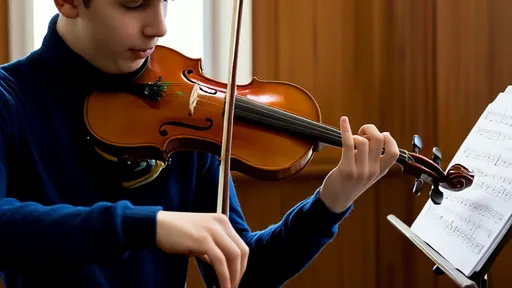
By /Jul 9, 2025
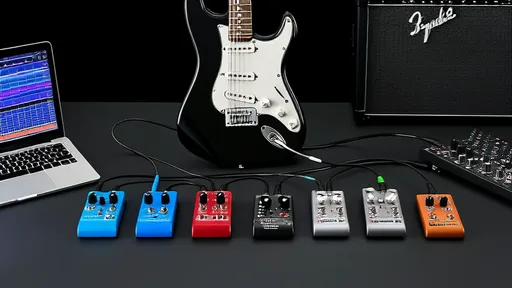
By /Jul 9, 2025
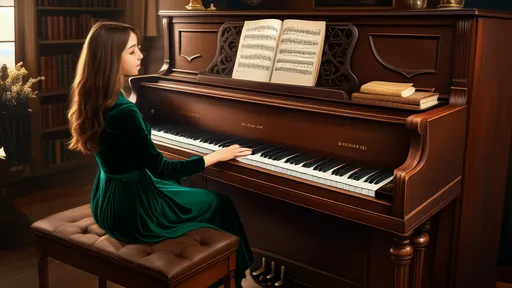
By /Jul 9, 2025

By /Jul 9, 2025
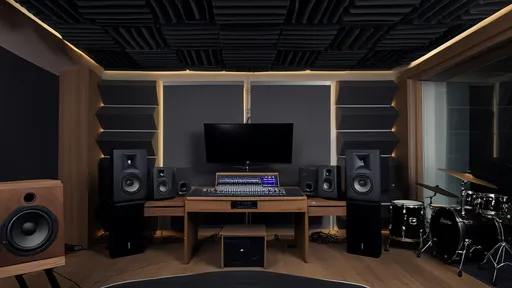
By /Jul 9, 2025